How Value Selling Can Increase Your Deals
Casey O'Connor
Value selling is an approach to sales that presents the offer in terms of the amount of value your product can bring to the customer.
This approach requires a deep understanding of the customer’s pain points, and might require sales reps to reframe their thinking around how to connect with their leads — all of which we’ll go over in this article.
Here’s what we’ll cover:
- What Is Value Selling?
- The Key Components of Value-Based Selling
- How to Add Value to Your Selling Process
- The Value of Value-Selling
What Is Value Selling?
Value selling can be a very lucrative approach to sales. It’s particularly effective for B2B sales, and for products or services with a higher price point.
When you utilize a value selling approach, your goal is to present your product in terms of how valuable it would be to the potential customer.
The focus should not be on the features or benefits of the product or even the cost. Instead, sales reps using this approach should steer the conversation toward the value that the product can bring to the customer (or, in some cases, you might highlight the cost of not buying the product).
For example, let’s say you’re selling a sales training program. The program costs $5,000. Customers who have gone through your training have seen an average of $45,000 increase in annual revenue. The price ticket here is high but doesn’t hold a candle to the value that the training offers. Value selling would frame the offer around that $45k revenue increase.
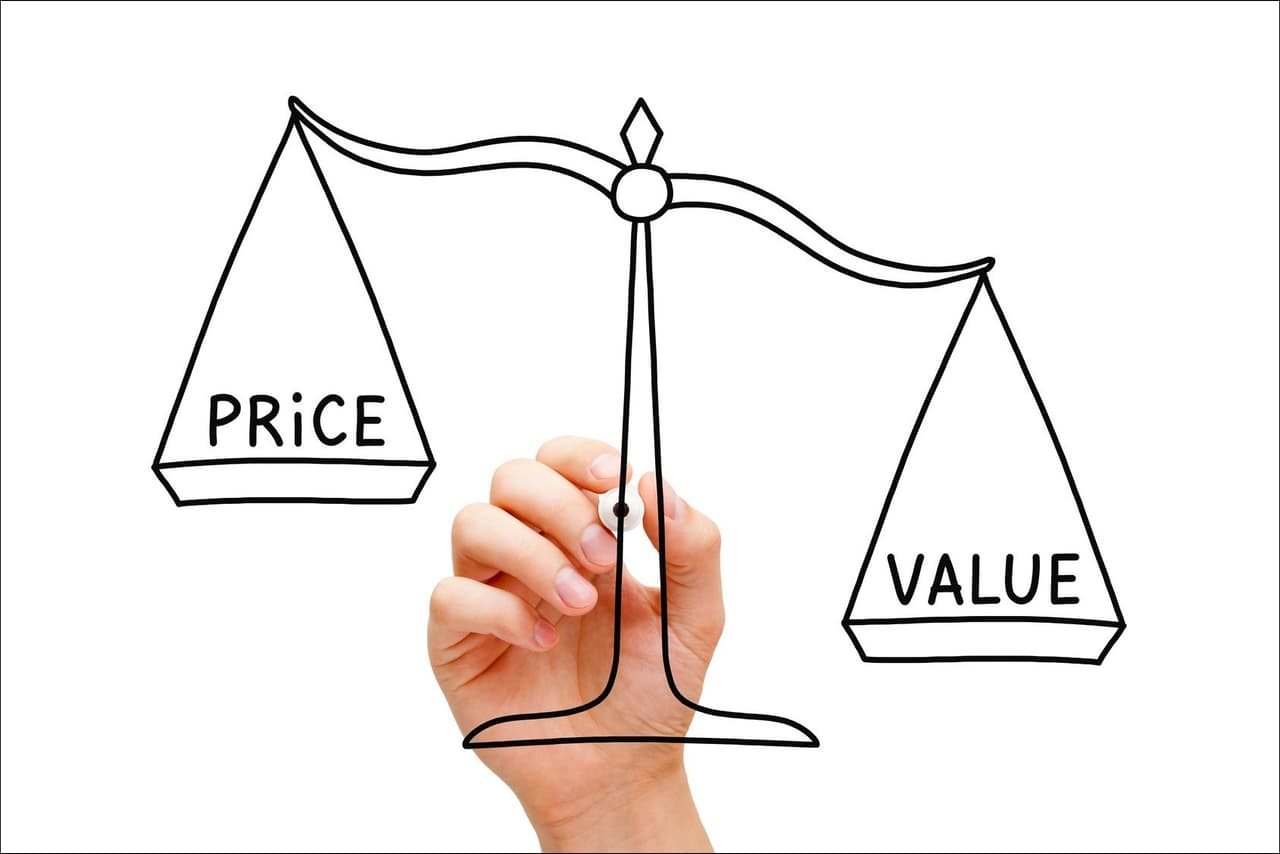
This sales technique achieves a number of things:
- It creates unique value for your product while addressing the specific pain points of the potential customer.
- It lessens the chance that there will be price haggling or excessive negotiating.
- And it saves time while maximizing profit margin.
Of course, the cost of your product will eventually come into play. But sales reps should take care to ensure that pricing is discussed only after the value proposition is made clear.
If cost comes into the conversation too quickly, you run the risk of losing the customer to the next sales rep with a cheaper price. This is true even if you successfully close the deal. Think about it: if the buying decision comes down to cost, a sales rep who comes along with a cheaper price will win out every time.
Instead, salespeople will want to use what they know about the customer and their unique pain points to highlight the specific subset of product benefits that will be most transformative for their customer.
As a value-based sales rep, your job is to convey why your product is valuable to the specific potential customer.
The 4 Key Components of Value-Based Selling
If you want your salesforce to move toward value-based selling, there are a few key techniques to keep in mind.
1. Discover the Customer’s Specific Problems (and Provide Specific Solutions)
One of the most important aspects of this approach is to ask targeted questions about the customer’s needs. While this is true for just about any sales approach (consultative selling comes to mind), it can be a game-changer for sales reps who want to effectively convey their value proposition.
By asking specific questions, you can cherry-pick the aspects of your product that speak directly to their needs — and package them around the value they’ll provide.

2. Make Your Interactions Meaningful
This is another area in which asking targeted questions will really make your salespeople shine. Be authentic in your presentation — remember, the whole point is to add value. Asking open-ended sales questions, and following them with seemingly custom-created solutions, is a great way to build trust with your potential customers.
Yesware can help you streamline these conversations so that you’re providing the right value, at the right time, to the right customer.
3. Quantify the Value (With and Without Numbers)
It goes without saying that knowing how to present the value of your product is the key to successfully executing this sales approach. But don’t get hung up on numbers — the value of your product can be communicated in a number of different ways:
- Numerical Value: Your software increases qualified lead generation by 72%.
- Time Value: Your software eliminates the need for weekly “housekeeping” meetings, which will save your team 3+ hours a week.
- Opportunity Cost: In other words, the cost of not using your product: a metal roofer shares that his product lasts 60 years, in which time a traditional roof would need to be replaced four times over to the tune of $80,000.
No matter how you choose to frame the value, the goal is the same: draw the customer into the process, encourage them to become invested in quickly solving their problem, and create an environment in which your product or service is invaluable to the potential customer and worth more than the cost of the product itself.
4. Disqualify Prospects Where You Don’t Provide Value
This point is a bit counterintuitive but important. The customer needs to be able to articulate the severity and urgency of their own pain point — or, at the very least, they’ll need to be open to your influence on why they need to make the decision to move forward with a solution.
If the customer doesn’t see their “problem” as significant or urgent as it needs to be to close the deal, chances are slim that they’re going to buy into your value proposition at this time. Perhaps they’re still focused on pricing, or maybe the sales rep needs to sharpen their skills to increase the desirability of their product.
Value-based selling requires that the customer is equally, if not more invested in solving their problems than the sales rep. You can make the product available, and sing about its features and benefits until the cows come home, but the decision-maker won’t move forward until the desire for that value is locked in.
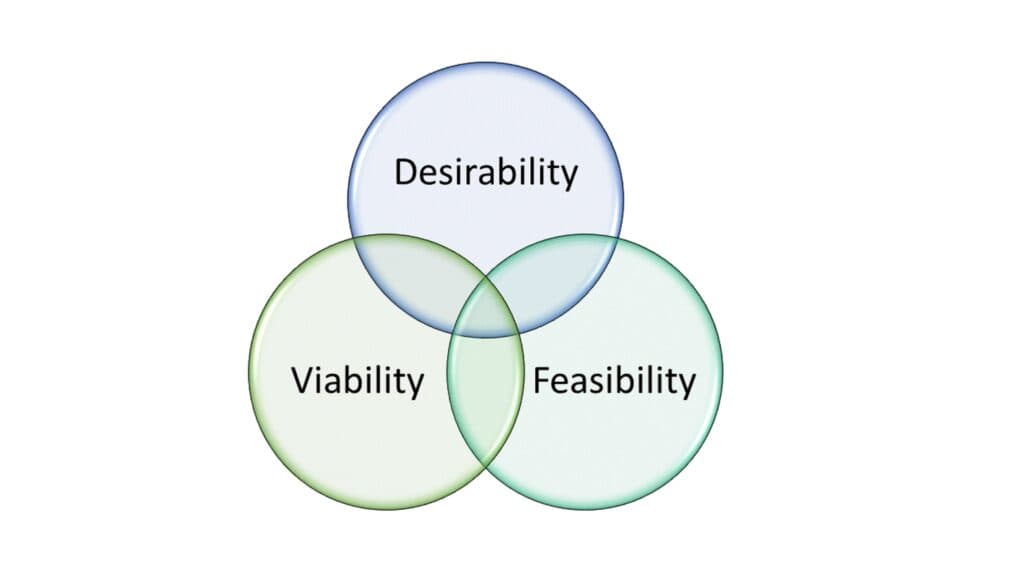
Be ready to let some prospects go, even if you think your product is a great fit for them. Don’t get pushy with your sales pitch if they’re not on the same page yet.
Additionally, you should go ahead and disqualify prospects who are an all-around poor fit for your product. There will be lots of prospects like this; don’t try to fit a square peg into a round hole.
If you realize at any stage that your product isn’t a great fit, kindly let the potential customer know, and explain why (and, to go above and beyond, you might even refer them out to someone who can meet their needs better).
How to Add Value to Your Selling Process
Even if you’re not ready to fully commit to this sales methodology, it’s still worthwhile to try adding value into your selling approach. Try one of the following strategies to start bringing value to your potential customers. We think you’ll be surprised at how far it can take you.
Research & Understand Your Prospect
Every successful sales conversation starts with great research. This sounds obvious, but you’d be surprised at how few salespeople put real effort into their research.
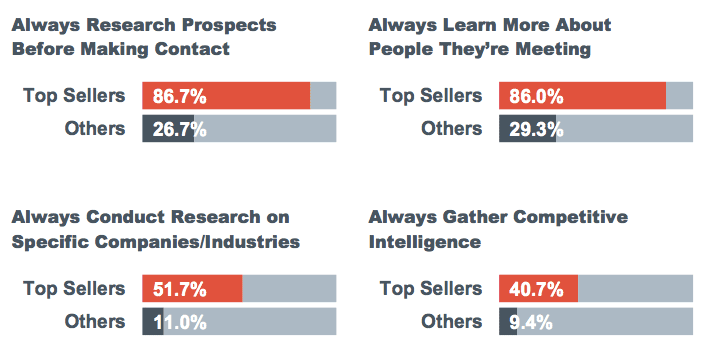
Here are some tips to maximize your research process.
- Leverage LinkedIn for sales prospecting, and qualify those prospects thoroughly. Social media is also a great tool for research. Because value selling requires your customer to “buy in” to your value, it’s important that your sales professionals are only moving forward with well-qualified leads.
- Squeeze every last drop out of your CRM. A lot of companies don’t ever take their CRM software beyond the cookie-cutter functionality that’s surface-accessible, which is leaving money on the table. Dig into the details of your software, and see how you can use it to streamline your research.
- Resist the urge to research just for the sake of showing the potential customer that you know about them. Instead, use your research to drive the sales conversation forward and pinpoint real, tangible areas where your product can add value to their business.
Ask Targeted Questions (but Keep Them Open-Ended)
Your research will help you determine where your potential customer is in the buying process — your job as a value sales rep is to meet them exactly where they are.
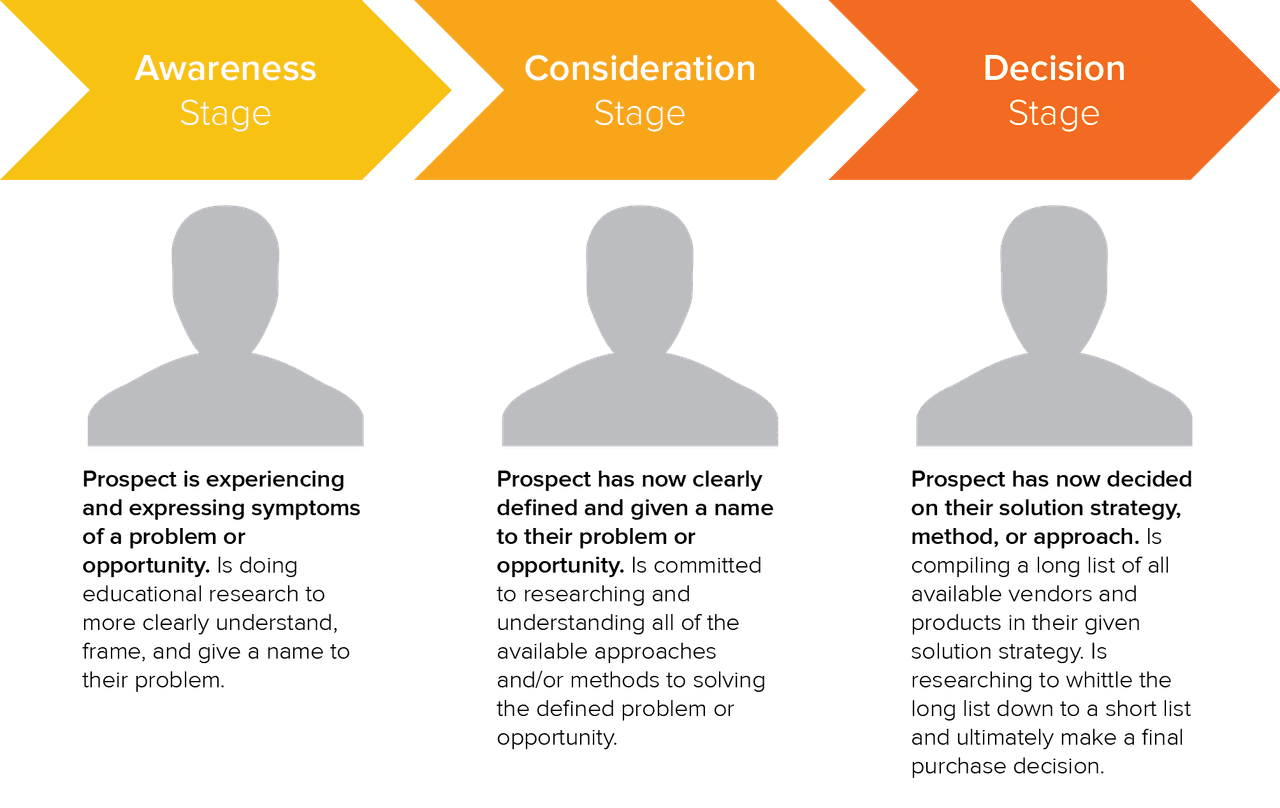
Instead, opt for open-ended questions that will help you understand your customer’s specific pain points and problems. These kinds of questions are great for building trust and showing the client that you’re invested in helping them succeed.
Asking targeted follow-up questions can help you take this sales technique to the next level. For example, take a look at this conversation between a metal roofer and a new homeowner.
What brings you to Harrisburg Metal Roof today?
The client responds that they just moved into their forever home, a gorgeous farmhouse that’s been lovingly restored in almost every aspect — except the 30-year-old roof.
A traditional sales rep might take that as their opening, and dive right into the sales pitch for their superior and long-lasting metal roof. Don’t fall into this trap — this is the opposite of value selling.
Instead, this would be a great opportunity for a specific, targeted follow-up question.
It sounds like your roof has seen a lot over the years. It’s definitely time for a new one! Before I show you some samples, I have a couple of specific questions. Do you notice icicle formation on your roof?
The client says yes, and pulls up pictures of 6-inch long icicles hanging over their front porch.
Wow! I know it looks like a winter wonderland, but that’s actually called ice damming. This is common in asphalt roofs, and has been known to cause $50,000+ worth of structural and interior damage. Our metal roofs have ice-melting properties, which prevents ice from ever building up in the first place.
In this case, the combination of open-ended and specific questions helped this sales professional deliver direct and tangible value to the customer.
The value presented here is the cost of inaction, or choosing another roofer without the ice-melting feature — if they don’t get this specific metal roof, they will forgo the value of saving $50,000 in repairs down the line.
Follow-Up
Don’t blow the follow-up by treating it as just another box to check.
Sending that final email can be a really great opportunity to add some extra “freebie” value, while wrapping a bow around the sales process. This gesture will again help you build trust with clients. It shows that you’re willing to go out of your way to see their business succeed.
Check out this fantastic, value-based follow-up email from a social media marketing sales rep:
By the way, I took another quick look at your hashtags — try adding 3 – 5 more high-ranking tags to every post. Our customers find that each tag adds about a 2% increase in followers. The higher the tag rank, the higher the impact.
This is a tiny tidbit, and costs the sales rep virtually nothing to offer. But it goes a long way with the client. They can clearly see the value of working with this company — they’re knowledgeable, helpful, and the ROI is clear. And, it leaves the door open for more desire.
The Instagrammer now knows that they need to add more tags, but they may now want to work with this marketing firm to better learn what kinds of tags to add.
Put your follow-ups on autopilot and track your success rate with this technique — try Yesware for free today (Outlook and Gmail).
The Value of Value-Selling
Here are a few more examples of how effective value selling can be in B2B sales.
Nowhere to Go but Up
A freight forwarder is shopping for storage solutions for their new warehouse. The freight forwarder has been experiencing rapid growth, and is looking for a long-term solution that will allow them to expand without being constrained by space.
Your company sells heavy-duty tiered storage racks. These are known in the industry to be pricier, and the sales team has been having issues getting people past the price point.
One way to take a value selling approach would be to frame the offer as follows:
Our tiered storage system can triple the amount of container storage determined by your floor space.
Let’s say the storage system costs the customer $100,000. Each container stored in the warehouse brings about $10,000 worth of profit for the freight forwarder.
The current available floor space allows for 20 containers; using the storage system will allow for 60. Using the storage system will add $400,000 in profit. Despite the high cost of the system, the value proposition is huge here, and there’s no way the customer can refuse the offer (that is, unless they’re happy saying goodbye to nearly half a million dollars in profit!).
Peace of Mind Is Worth a Fortune
A copywriting firm is working with an Amazon seller to tweak their business copy. The Amazon seller opts in for the listing page and label packages, but some follow up questions from the sales rep reveals that the seller’s return rate is excessively high.
The sales rep shares with the customer that including a disclaimer on the product page has been shown to reduce their clients’ return rates by 28%. She also shares that Amazon is starting to suspend accounts with high return rates.
Again, the value here is clear — opting into the disclaimer package will reduce the return rate, as well as reduce the risk of having the account suspended. The benefit of the service to speak for itself.
Team Work Makes the Dream Work
Sometimes your product’s value is intangible. That’s okay — don’t get stuck on trying to quantify something that can’t be measured. Morale, skill development, and productivity are all good examples of things that are hard to describe numerically, but can make a big difference to a company’s bottom line.
For example, an engineering firm approaches an event planning service to put together an event for their employees; the firm is hoping to host a holiday party.
The event planner provides the requested proposal, but also shows the client some examples of holiday scavenger hunts that other companies have commissioned. The companies who opted into the scavenger hunts reported back a significant increase in team morale and cooperation. In fact, 80% of them booked another scavenger event in the coming months.
A Familiar Face
For our last example, take a look at a more general, but tried-and-true sales strategy: the pricing scale.
Here’s an example of Yesware’s plans and pricing page:
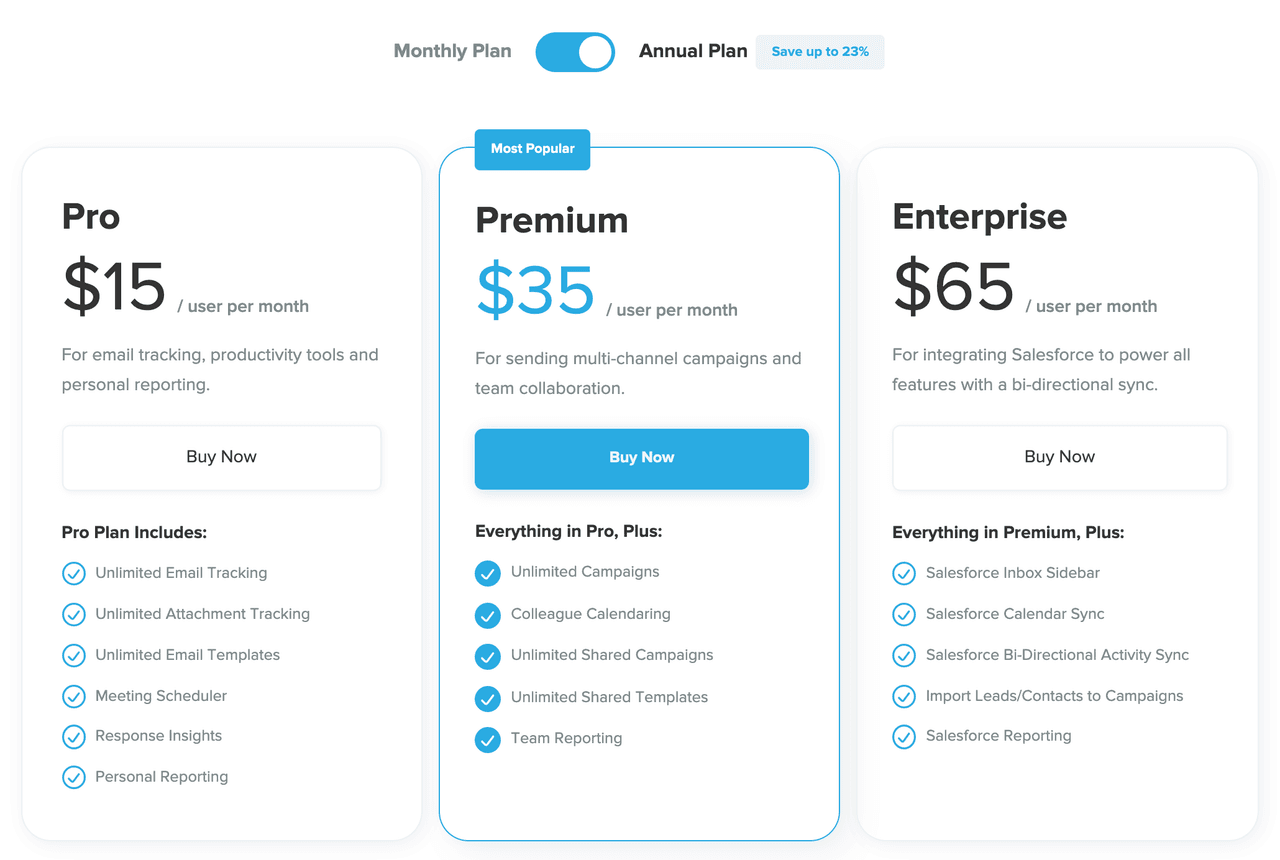
Pricing scales are a fantastic example of value selling. The value of each package is clearly laid out in each tier, making it easy for a customer to decide which is “worth it.”
When a potential customer sees the scale, they’re not typically thinking of cost off the bat. Instead, the customer will look at whether or not they “qualify” for each package, and which offering could bring the most value to their current state of operation.
Get sales tips and strategies delivered straight to your inbox.
Yesware will help you generate more sales right from your inbox. Try our Outlook add-on or Gmail Chrome extension for free, forever!
Related Articles
Casey O'Connor
Anya Vitko
Melissa Williams
Sales, deal management, and communication tips for your inbox

